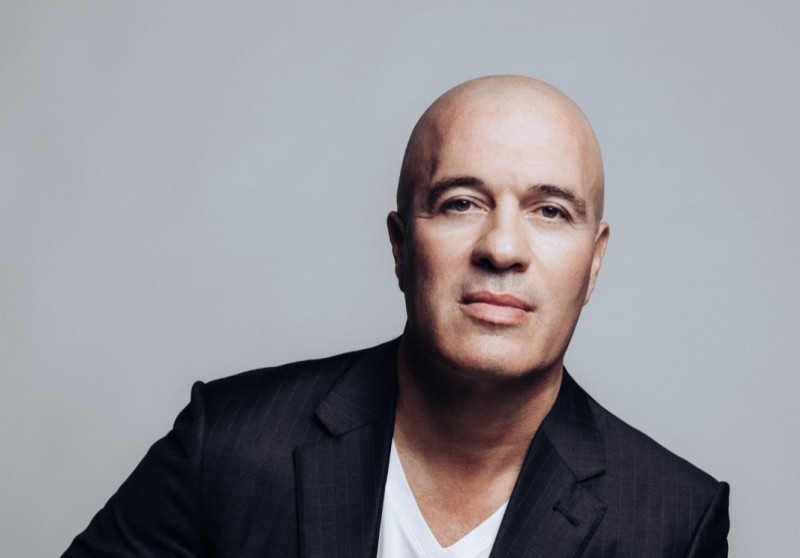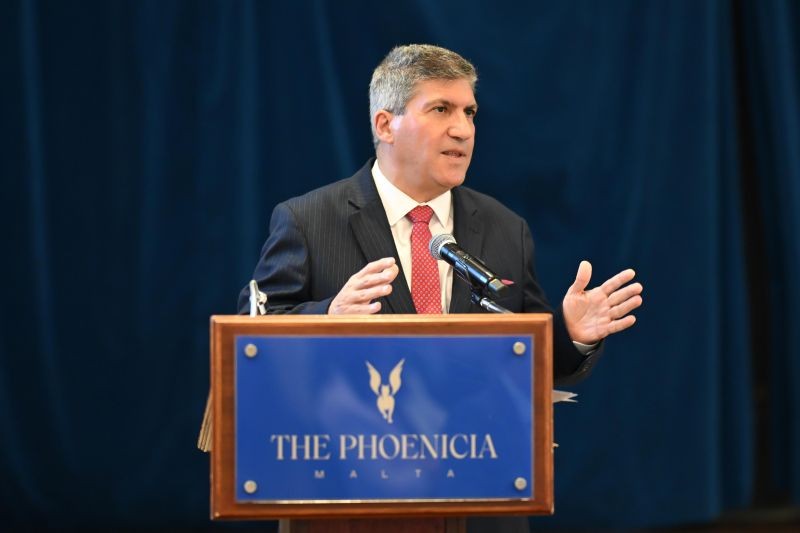One of the top concerns of business professionals who seek my support in relation to corporate communication is how best to handle tough questions. Recently, an executive reached out to me requesting assistance on dealing with challenging questions from the media during a press conference.
While it may be remote for the majority of us to get pressed with hard-hitting questions by a demanding journalist, it is highly likely for practically all of us as business executives to find ourselves being interviewed or grilled with questions by a demanding boss or board.
So, here are some guiding points for you to keep in mind for those question time scenarios:
1. Prepare & practice your core message
Know the key message that you want to communicate ahead of time, so that you can manage the interaction effectively. Keep in mind that each question is an opportunity for you to deliver your message well, and to potentially give it an interesting angle. It is your chance to narrate your viewpoint. In your preparation, come up with a list of anticipated questions and practice the answers, preferably out loud.
2. Bridge to your prepared message
Once you know your core message well, an effective strategy for managing questions is by applying the bridging technique. You do not necessarily need to answer the question exactly as asked – instead, you can deflect your answer by using a bridging statement, so that you route towards your prepared message. We see politicians doing this very often (with mixed success, of course!)
So, for instance, you can opt to redirect the scope of the question by giving it a wider scope or a narrower one instead. You can say, “yes this matter is a concern and that is why we should not forget the larger issue at play here…” Alternatively, you can consider going with, “to fully answer that question, I first need to bring to light…” and you delve into the specifics you wish to bring forward. Other alternative bridging statements are, “what matters most in this case is…” or “allow me to emphasise again…” At all times, seek to maintain confidence in your reply.
3. Question back
At times, the person posing the questions intentionally throws in hostile requests. The first thing to keep in mind here is to keep calm, remove negatively charged language and redirect to a positive path. Consider pausing to compose yourself before answering. If the question is inappropriate or clearly not well intended, consider replying in a firm but nonabrasive tone with a question such as, “how will this help us advance our key message here today?” Then you can take the opportunity to re-emphasise your key message in a positive frame.
4. Watch out for speculative or hypothetical questions
‘What if’ questions can derail you into irrelevant matters or issues that you have not prepared to speak about as yet. In this circumstance, it is best to confine your answer to the core issue. Be alert for questions that veer off on a tangent or topic for which you have not prepared, or even worse, do not sit well with your company messaging. If this happens, seek to politely re-orient the conversation towards its core theme. You can opt for a response such as, “that’s an interesting question and perhaps one that we can return to another time. Because what I’d like to highlight today is…”
Keep your game face on. You can also consider going with a response such as, “the root of your question is… which we take very seriously…” and here again you progress to your core message. Take the opportunity to express positivity and pride in the work your organisation does.
5. Consider using sound bites
Your reporter will be looking for key phrases in what you will say that will sum up your message. If you do not come up with these sound bites yourself, the reporter will do it for you – and their interpretation may not always coincide with yours. Only you know the best way to create the impact that you want. So, consider investing some time preparing powerful concise messages and internalise them well in your mind.
Particularly in difficult situations, you don’t want your words misconstrued, so the more concise your message is, the better. Keep in mind that the objective is not only to survive the interview, but to compel the audience to take the action you want them to.
And what if you slip up? Well, that can happen, and if it does, do not accentuate it. Do not allow it to become the highlight of the moment. Instead, apologise and move on. Finally, remember that while you may have little control over the questions that you get posed, you are at the steering wheel when it comes to your answers.
You can reach Michelle Fenech Seguna on michelle@speaktomove.com.mt or access www.speaktomove.com.mt for more information.
Alison Micallef appointed CEO at Malta Development Bank
She steps into the new role effective immediately.
Impact beyond profit: CSR in Malta is a must in 2025
Nowadays, corporate social responsibility can no longer take a backseat in your business's vision.
Malta’s private equity sector urged to seize opportunities at high-level CEO seminar
Panellists highlighted Malta’s potential as a destination for private capital, citing its English-speaking workforce, regulatory accessibility, and strategic location.
Ronald Attard takes on expanded role as Managing Partner for Risk Management at EY Europe Central
He has built experience in management accounting, corporate finance, and mergers and acquisitions.









